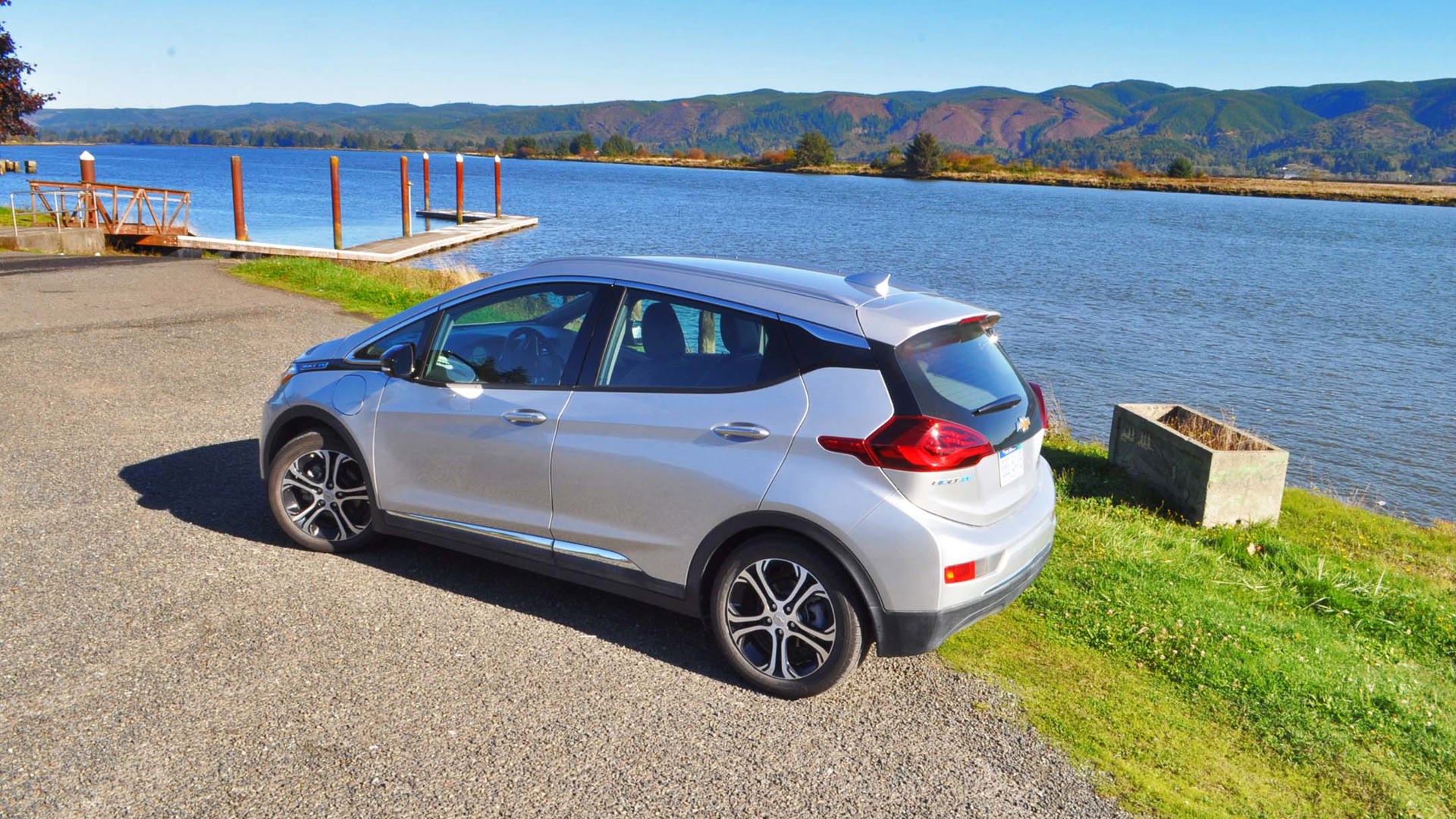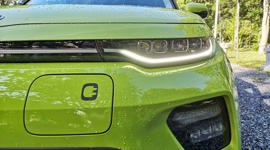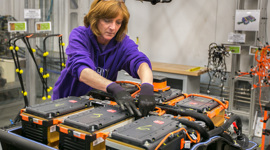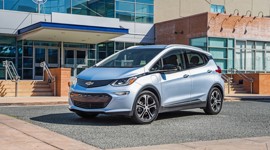You may have seen news reports of electric vehicles (EVs) bursting into flames involving models from Tesla and Hyundai. The most recent headlines have been dominated by the Chevrolet Bolt EV, which is currently at the centre of one of the largest recalls in the EV sector so far. According to GM, over 141,000 Bolt EVs (which includes the new Bolt EUV that is built on the same platform) have been recalled so far, spanning model years 2017 to 2022.
Here’s everything you need to know about the Chevrolet Bolt EV recall, what caused it, what the fix involves, what it means if you own one of these electric vehicles, and what effects it might have on EV safety.
A Quick Background

The Bolt EV’s troubles began in November 2020 when Chevrolet recalled the electric hatchback after five confirmed fire incidents. The recall affected all units built for the 2017 and 2018 model years and a few from 2019. At the time, Jesse Ortega, Executive Chief Engineer for the Chevrolet Bolt EV, promised a temporary software fix while GM researched a more permanent solution, which was initially supposed to be available early in 2021.
That permanent fix involved a large-scale replacement of battery modules, prompting another recall in July 2021. CNN reported that the carmaker would be taking an $800-million hit due to these recalls.
In August, GM announced the third recall for the Bolt EV in less than a year after 13 reported fires. This time, the voluntary recall affected every single Chevrolet Bolt EV and EUV produced from 2017 onwards. Production of new Bolt EVs and EUVs was put on hold, but battery production has since resumed and GM says it will be ready to begin replacements in October 2021. GM says that the cost of this recall is estimated at $1 billion.
What Caused the Chevrolet Bolt EV Fires? What is GM Doing to Fix It?
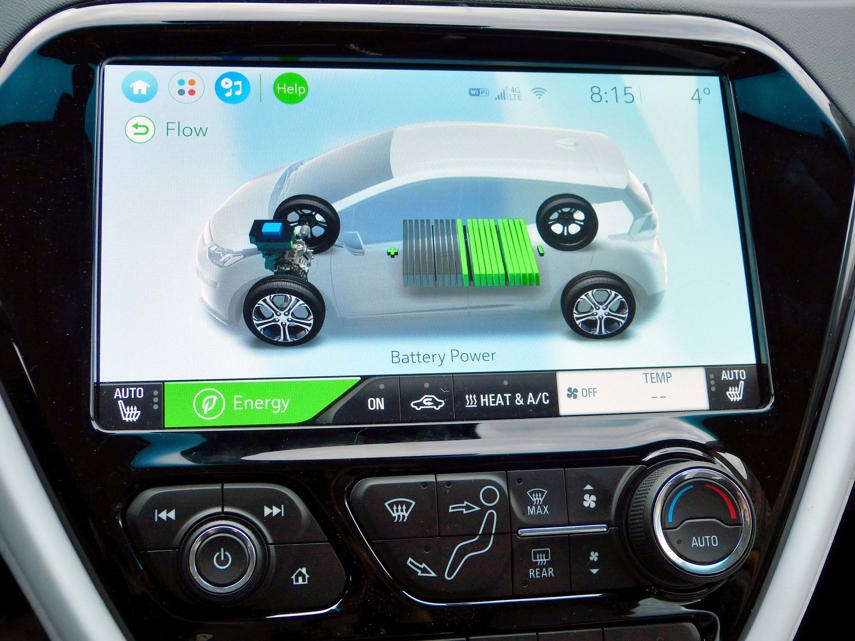
In October 2020, the National Highway Traffic Safety Administration (NHTSA) opened an investigation into three reported battery fire incidents. The fires were reported to have started while the Chevrolet Bolt vehicles were unattended and plugged in to charge. In each case, NHTSA officials discovered a similar scenario; the burn pattern was concentrated around the car’s lithium-ion battery compartment, located under the rear seat.
NHTSA concluded its investigation and issued a statement stating there was a risk that vehicles could “catch fire even if they are turned off, parked, and disconnected from a charging unit.” The first Bolt recall was issued shortly after the NHTSA report.
GM and LG Chem (the battery manufacturer) conducted their own investigation and issued the following statement on the GM website: “As part of GM’s commitment to safety, experts from GM and LG have identified the simultaneous presence of two rare manufacturing defects in the same battery cell as the root cause of battery fires in certain Chevrolet Bolt EVs. As a result, GM will replace recalled vehicles’ lithium-ion battery modules with new lithium-ion battery modules. We will notify customers when replacement parts are ready.”
The manufacturing defects were later identified as “a torn anode tab and folded separator present in the same battery cell.” In short, in affected vehicles, certain battery components that should remain separated came into contact with each other, which created an electrical short and resulted in a fire. Experts have attributed these defects to an issue in the automated assembly setup in the battery manufacturing facility.
In addition to replacing the battery modules, GM has placed an extended eight-year/160,000-km limited parts warranty on the new battery. It will also install new diagnostic software on Bolt EVs that will “detect specific abnormalities that might indicate a damaged battery in Bolt EVs and EUVs by monitoring the battery performance, alerting customers of any anomalies, and prioritizing damaged battery modules for replacement,” the automaker said.
What Should I Do if I Own an Affected Chevrolet Bolt EV?
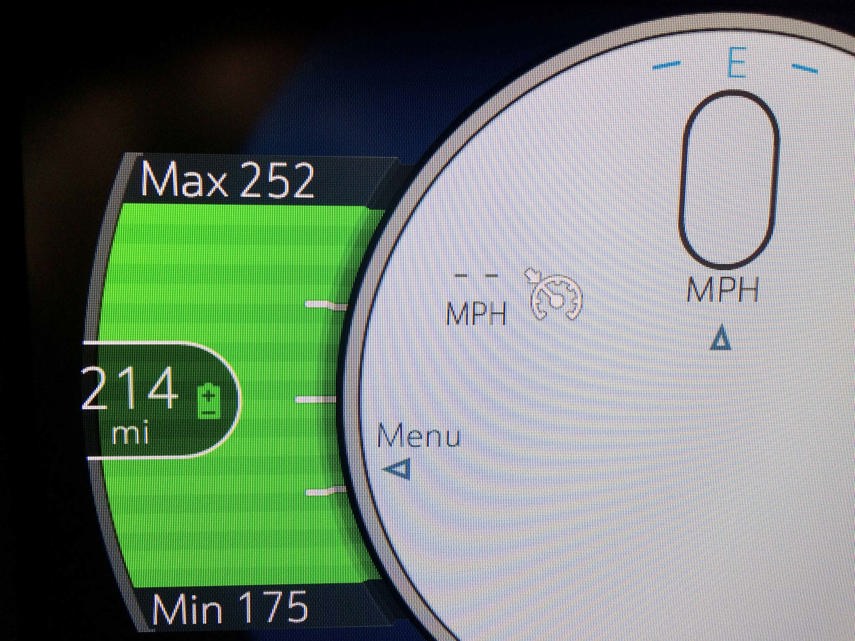
If you own an affected Chevrolet Bolt EV or EUV, GM recommends following these guidelines out of an abundance of caution until you can get your battery module replaced.
Do not charge the vehicle above 90 per cent. Bolt EV drivers can set their target charge to this level via the infotainment system and if they don’t know how to do this, a Chevrolet dealership can assist you.
Do not deplete batteries below 113 km (70 miles) of range.
Park the vehicle outside after charging and don’t charge the car inside overnight.
Visit GM’s dedicated Chevrolet Bolt EV recall website for more official information.
Are These Recalls Normal? Are EVs Safe?
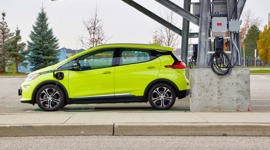
Recalls are very common in the automotive industry. Last month, there were more than 15 in the United States alone. What makes the Chevrolet Bolt recall stand out, however, apart from the scale and cost, is that the EV sector is growing rapidly and incidents like this might make some people hesitant towards electric vehicles in general. Chevrolet isn’t the only automaker to have recalled electric vehicles, too. Tesla, Hyundai, and Audi have all had recalls for some of their EVs to address defects in their batteries that came to light after reported fires.
It’s important to note that the Chevrolet Bolt EV recall wasn’t caused by a failure of battery technology, but a rare manufacturing quality issue. There have been only 13 confirmed fire incidents out of more than 141,000 Chevrolet Bolts manufactured so far, so while the risk of fire exists, the risk is small and GM says it “is not aware of any fires that have occurred where customers followed this safety guidance, in parking decks or otherwise.”
Automakers also go to great lengths to ensure their EVs are safe while stationary, charging, and in the event of a collision. Like internal combustion vehicles, EVs undergo stringent testing in a variety of different conditions to ensure they're as safe and reliable as possible.
It’s also important to note that battery technology is extremely prevalent in our everyday lives and is proven to be safe; we keep battery-powered smartphones in our pockets, we put tiny battery-powered earbuds into our heads, and wear battery-powered watches on our wrists daily. Don’t forget that we are also used to driving traditional internal-combustion vehicles around with dozens of litres of flammable liquid in the fuel tank and have been doing that for more than a century.
What’s Next for GM and the EV Sector in General?
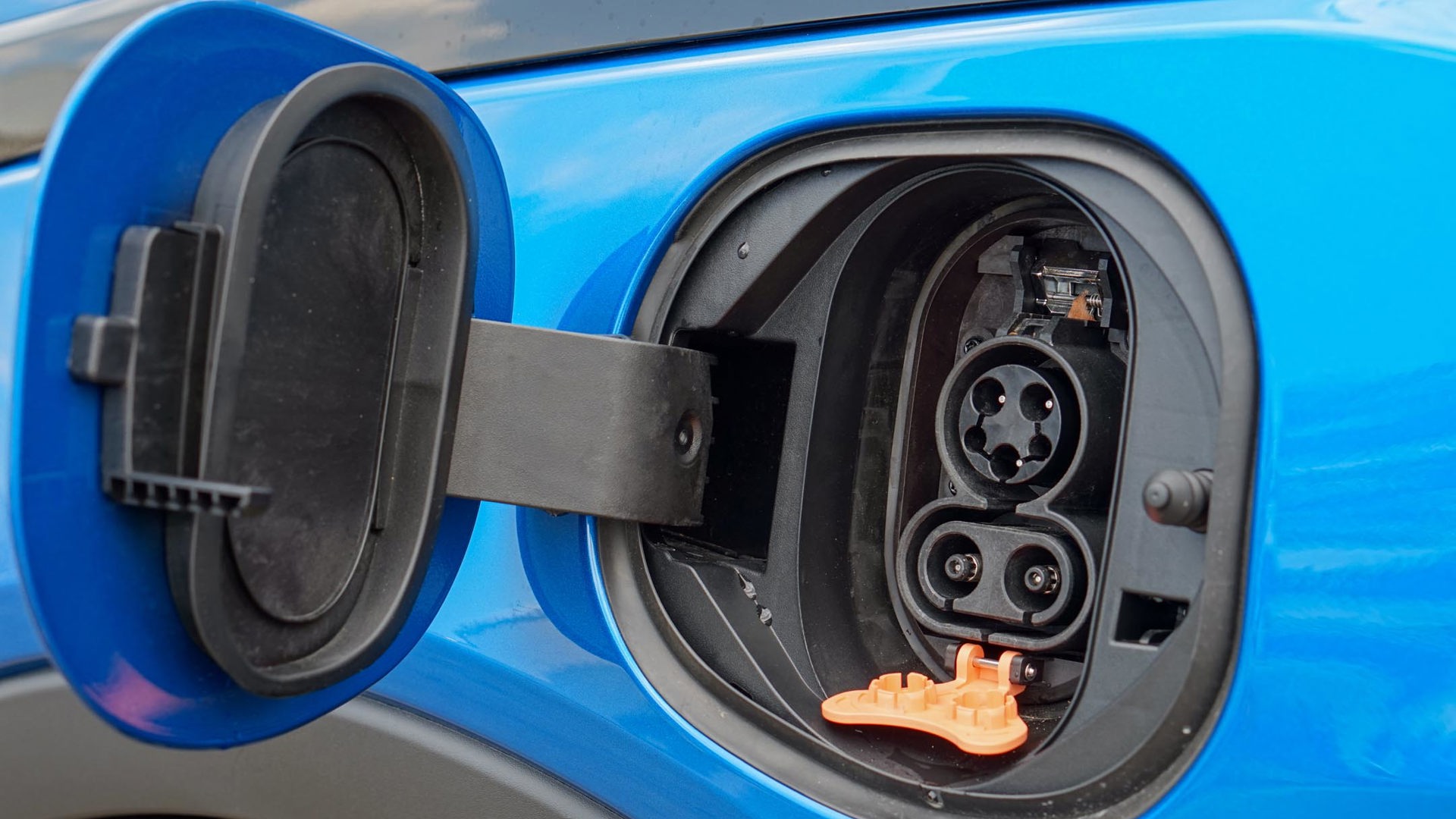
There is no denying the fact that electric vehicles will shape the future of the automobile industry. Many automakers have announced aggressive electrification strategies and governments all over the world have committed to banning the sale of new internal-combustion passenger vehicles in the not-too-distant future. Billions of dollars have already been invested in creating the relevant infrastructure and associated technologies. The Bolt EV recall offered GM and the rest of the automotive industry valuable lessons for improving processes and operational procedures to avoid similar safety risks in the future.
As for GM, there is no doubt that the carmaker will recover from this setback and will continue to charge forward in its plans for electrification with the rollout of the all-electric Cadillac Lyriq and the GMC Hummer EV. Company executives have moved aggressively to address and fix the issue and have been commended for doing so. As EVs become more prevalent and battery technology becomes more advanced, electric vehicles will get better and better, but as long as there are cars, automotive recalls will continue to happen, and safety will always be top of mind.
